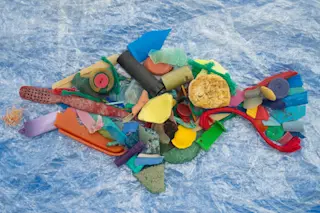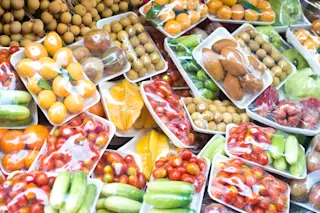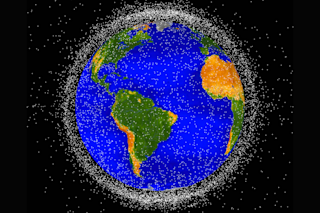You're made of water, bone, blood, muscle and fat; you're also a few parts plastic. That is, if you prefer sea salt on your meal. Or honey, shellfish, beer or tap water. Recent studies have found microplastics, tiny shards of degraded plastic, in them all. Even the air is filled with the minuscule plastic bits.
(Credit: SIVStockStudio/Shutterstock)
SIVStockStudio/Shutterstock
Hold off on the panic though; it's still too early for researchers to say what the effects of microplastic consumption are, although studies in animals suggest that they can certainly cause harm.
In humans, though, it's a bit harder to study because nearly everyone has microplastics in their bodies, so there's no control group for comparison. The pieces themselves seem relatively benign — they're just tiny bits of plastic, looking in large quantities like so much sand, created as larger plastic objects gradually degrade.
NOAA defines a microplastic as anything plastic under ...














